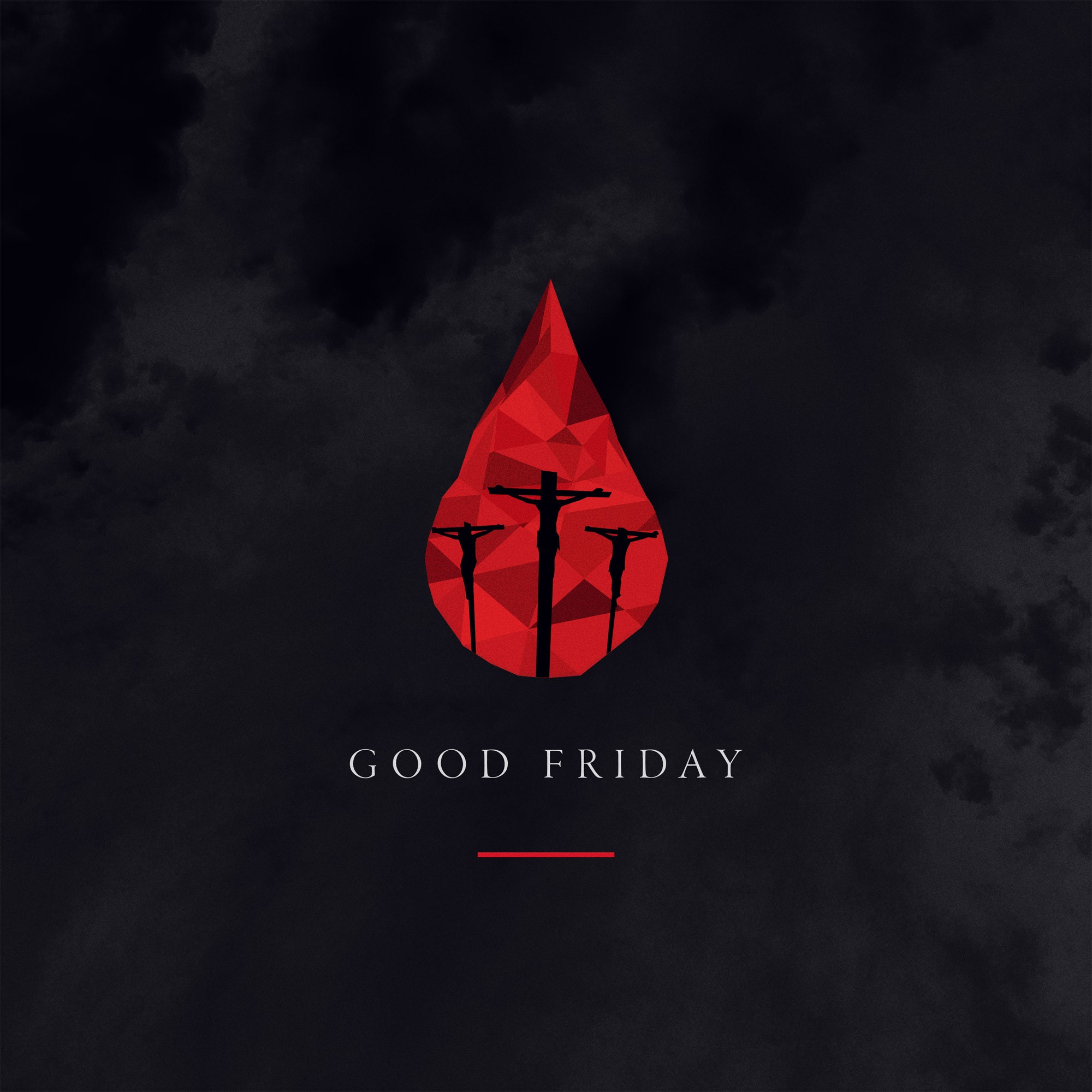4/13/22 Glenda Simpkins Hoffman
This week I returned home from a wonderful trip visiting my mother and brother and his family in Reno, Nevada. However, the flight home did not go as anticipated and was much longer and challenging than anticipated. The unexpected delays, changes, and other challenges on my journey prompted me to contemplate Jesus and his passion as he journeyed into Jerusalem.
The week began well as he rode into town and so many people gathered with excitement and expectation waving palm branches and crying, “Hosanna, blessed is he who comes in the name of the Lord.” Many had traveled from near and far to celebrate Passover. As Jesus came into town, many believed he was the Messiah, the King of Israel, who had come to rescue them from the oppression of Rome. But Jesus knows that he is not going to do what they expect. He knows where this road is heading. In a few days these same people will prove fickle as they turn on him and cry, “Crucify him.”
As the week goes on, Jesus makes arrangements to celebrate Passover with his disciples. He washes their feet, predicts their failures, gives them a new commandment to love one another, then institutes the sacrament of The Lord’s Supper in a shared meal. Later in the Garden of Gethsemane while the disciples sleep, Jesus agonizes in prayer, “Father, if you are willing, take this cup from me; yet not my will, but yours be done” (Luke 22:41-42).
Then after Judas’s betrayal with a kiss, Jesus is arrested and led away. Religious leaders interrogate him seeking to manipulate him to say something that will give reason to have him killed. Roman guards physically and emotionally torture him. Finally, Pontius Pilate condemns Jesus to the most brutal kind of death, even though he knows Jesus is innocent. Clearly, the governor cares more about his position and power and keeping the Roman peace by preventing a riot than he cares about truth and justice.
In the midst of so much horror and violence, his closest followers—those whom Jesus had loved, led, discipled, and ministered with for three years—do what they could never have imagined doing. They desert him. Peter even denies him not once but three times.
Then Jesus dies. Jesus, the Son of God, dies on a cross for the sins of the world. It is the most unimaginable and most glorious moment in human history, a turning point that makes the impossible possible. The curtain in the temple is torn. The barrier between God and humans has been removed so that you and I might enjoy an eternal, loving relationship with the living God.
I recently had the opportunity to visit the Philadelphia Museum of Art where I took a picture of the painting Crucifixion Diptych by Rogier van der Weyden, (c. 1460). It is a stunning painting with nearly life-size figures that brings into focus the crucifixion, unlike any I have seen. I was grateful for our wonderful docent who pointed out many of the remarkable features of this painting.
In the right panel, Christ’s blood is visible on his hands, feet, brow, and side and is amplified by the brilliant red cloth of honor draped behind him. The high stone wall gives the effect of pushing the figures into the foreground. The dark sky reflects the words of scripture: “From noon on, darkness came over the whole land until three in the afternoon” (Matthew 27:45). Christ’s loincloth flutters in the wind, indicating the moment of death. The skull and bone at the foot of the Cross refer to Adam, the first man created by God and of whom Paul writes, “For as all die in Adam, so all will be made alive in Christ” (1 Corinthians 15:23). The dark sky, stark wall, cool light, and bare ground contribute to the painting’s austerity.
An interesting feature of this painting is that the trail of Mary’s robe is in the right panel and then flows into the left panel as a bridge between life and death. Mary is swooning, depicting the profound grief that death brings, especially to a mother. There is no denying or minimalizing the pain involved. That is why on Good Friday we remember the events of Jesus’ suffering and death so we can truly appreciate all he went through for us. We too are to grieve our sin in a way that leads to greater gratitude for the grace that Jesus has so generously given us in his sacrifice.
But we also see that Mary is being supported by Saint John the Evangelist. This too is meaningful. In his Gospel, John emphasizes that Jesus brings life to those who believe in him:
“In him was life, and the life was the light of all people. The light shines in the darkness, and the darkness did not overcome it” (John 1:4-5).
“For God so loved the world that he gave his only Son, so that everyone who believes in him may not perish but may have eternal life” (John 3:16).
“Very truly, I tell you, whoever believes has eternal life” (John 6:47)
“I am the light of the world. Whoever follows me will never walk in darkness but will have the light of life” (John 8:12).
“The thief comes only to steal and kill and destroy. I came that they may have life, and have it abundantly. I am the good shepherd. The good shepherd lays down his life for the sheep” (John 10:10-11).
“I am the resurrection and the life. Those who believe in me, even though they die, will live” (John 11:22).
“And this is eternal life, that they may know you, the only true God, and Jesus Christ whom you have sent” (John 17:3).
“But these are written so that you may come to believe that Jesus is the Messiah, the Son of God, and that through believing you may have life in his name” (John 20:31).
Each year in Holy Week we are invited to walk with Jesus all the way to the cross. It is hard to do, but it’s important to remember and give to Jesus for paying the penalty for our sin on the cross. Then we are ready to fully celebrate the joy of the resurrection knowing Jesus has conquered sin and death once and for all.
More than that, we are free to live and enjoy the eternal, abundant, resurrection-kind-of life Jesus has already given us even now in the midst of our everyday, ordinary lives. Thanks be to God!



